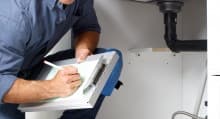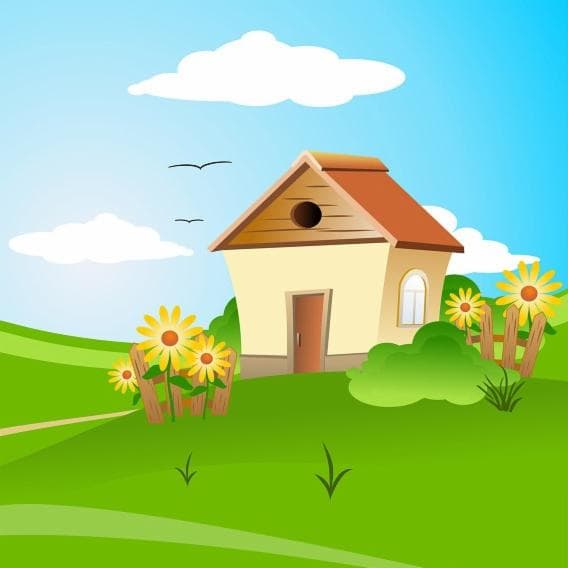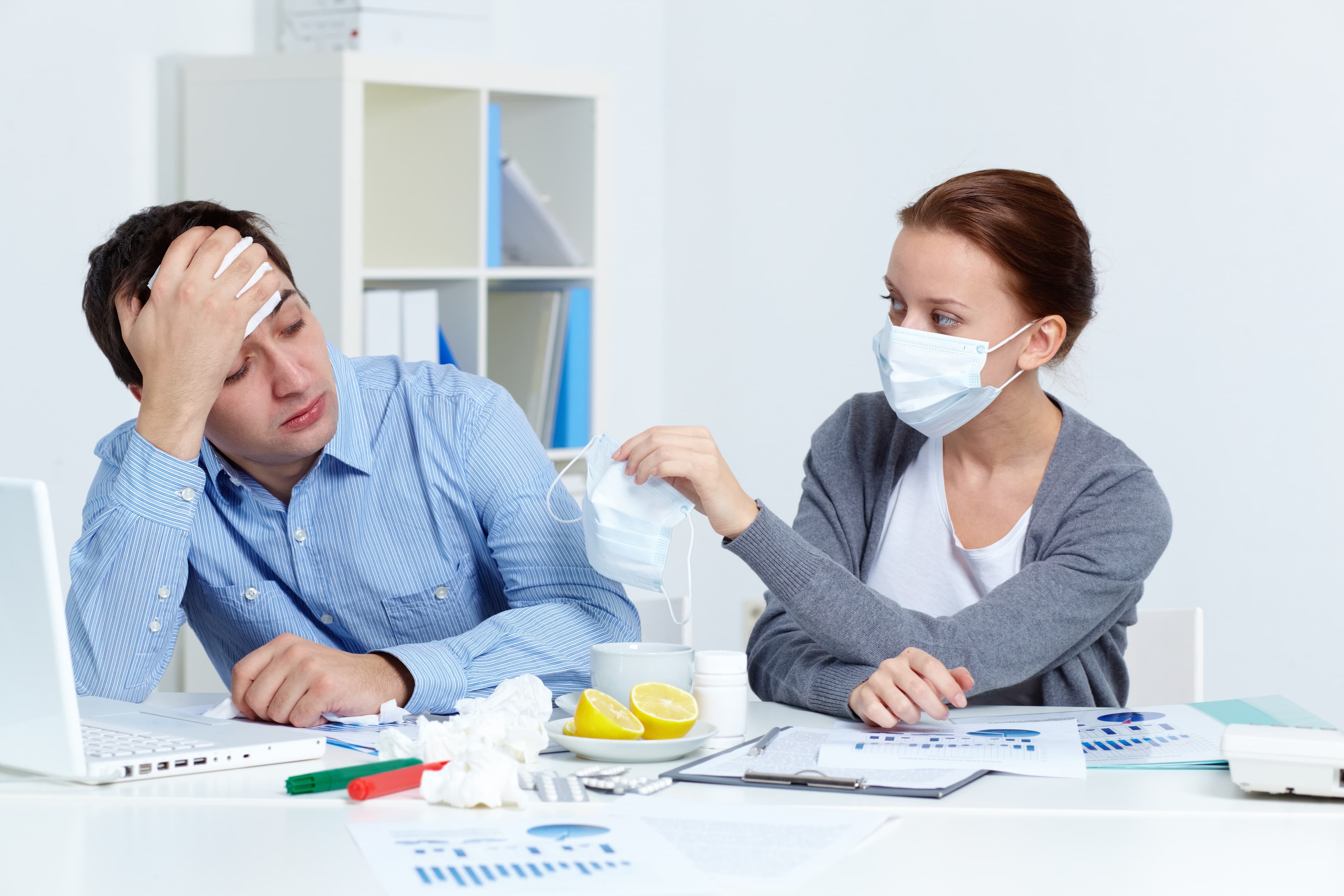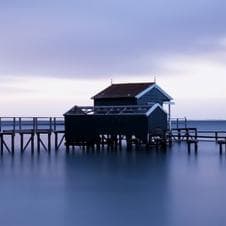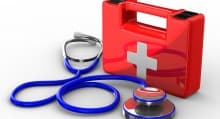Bike Safety Checklist
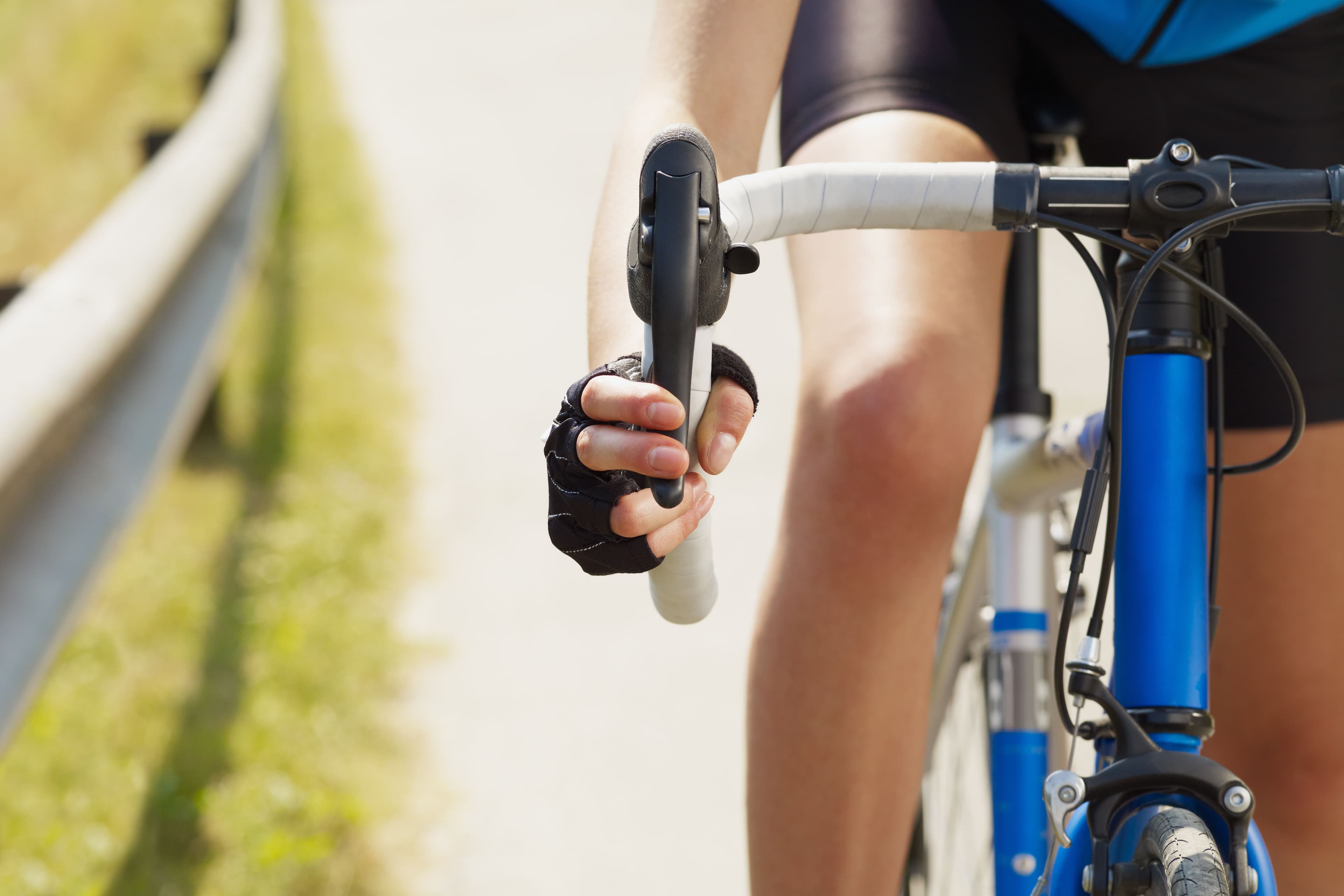
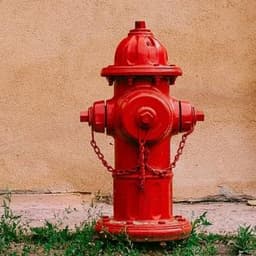
- Getting used to your bike takes time.
- Grime caught into the chain or between the brakes and tires will could cause for poor performance.
- A helmet that isn't properly strapped on is worthless.
- Driving with a load takes getting used to.
- Choose the right one for your activity - mountain bikes have different tires and structural strengths than bikes for city riding.
- These should have a closed toe, flat sole and no heel.
- Choose clothing that is bright and tight fitting, to make you visible in traffic and to prevent loose ends getting tangled.
- Whether you take a leisurely ride or plan a trip over several miles, it is recommended that you have identification and contact information on you.
- Take your phone with you. A cell phone doesn't take up much room but might come in handy should you need help.
- In summer the speed of which a bike moves may keep you cool, but you are still exposed to harmful sun rays and you need to protect your skin.
- In winter you may want to wear protective clothing as you catch more wind riding than walking. Warm gloves are imperative to protect your hands.
- These can fix most mechanical problems.
- Spares can save a ride in case of trouble.
- If you get a puncture in your tire, you can fix it yourself.
- Invaluable if you get a flat tire or a slow leak.
- Always accompany a child on a bike, never let a young child ride on his or her own.
- Respect traffic laws and teach the laws to your children. Traffic laws are there to keep you safe. Always stop at a red light and a stop street.
- If you are in group, resist driving next to each other. Not only is the outside driver more likely to be hit by a car, if your bikes make contact with each other you may get tangled up and fall.
- If you're planning on transporting groceries with your bike, get a basket. Never hang packets from the handlebars.
- Be as visible as possible. Avoid any type of dark colors for night riding. White and yellow is best as they are most visible for other drivers.
- Make use of reflective arm and leg bands. You can also make use of reflective stickers that can be attached to your back, arms and legs. For total visibility, wear a reflective vest.
- Even though your bike is already fitted with reflectors, you can add more for extra visibility.
- Be aware of your surroundings. If possible stick to a bike lane and be careful.
- Don't drink and drive. This rule is not just for car drivers, it applies to bike riders too.
Details
Biking is more than a means of transportation. It’s great exercise for your heart and lungs and the muscles in your arms, back and legs.Biking can help you with shedding a few pounds and improving your overall health. Young and old can enjoy a bike ride as riding a bike is not as physically demanding as running, so the exercise puts less strain on the heart. In addition to biking being good for you, it is also good for the environment. Distance permitting, you can cycle to work, use your bike for light shopping trips or to visit local relatives and friends. To stay safe while cycling, safety measure should be observed. This checklist can help you plan the perfect ride:
Tips
A helmet should always be worn. Whether you planning on traveling down the street or cross country, a helmet will protect your head should you fall off your bike. For comfortable cycling, your bike should fit your size and the purpose for which it is needed. If you have mountain biking in mind you will obviously need a different bike than if you just want to drive around in the city. Giving your bike a quick ones over for short trips and a thorough safety inspection before going on an extended trip is recommended. Wheels and handle bars should be properly aligned and the seat should be steady. The brakes should be in working order and the tires should have sufficient air. Be sure that the front and back light is in working order and that side reflectors are fitted. Being visible to other road users in the dark is important. Regularly take your bike for a maintenance check-up. The chain may need oiling or shortening, as it stretches over time. The tires and brakes may need replacing. Stick to the cycling section of the road, don’t weave in and out of traffic and do stop for red lights. Those light are not just for cars, they are for bikes too. For good visibility, wear bright clothing and do not wear anything that can get caught in the wheels or chain of the bike.
